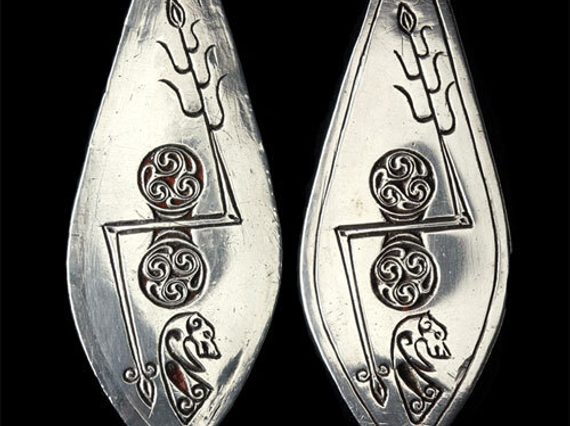
About Scotland's Early Silver
This exhibition explored the story of Scotland’s early silver and how this precious metal helped to shape the first kingdoms of Scotland.
Featuring spectacular objects dating from AD75 to AD1000, and supported by The Glenmorangie Research Project on Early Medieval Scotland, Scotland’s Early Silver explored the part that silver played in the transformation of society in Scotland throughout the first millennium AD.
Today gold is more valuable than silver, but in the first millennium AD silver was the most powerful material in Scotland. Scotland’s earliest silver arrived with the Roman army and had a lasting impact on local society, quickly becoming associated with prestige and power.
In the centuries that followed, Roman silver objects were hacked and melted down to make iconic early medieval treasures like the massive silver chains. By AD700 the silver had been recycled many times and was used to make powerful objects such as the famous Hunterston Brooch.
Exhibition highlights
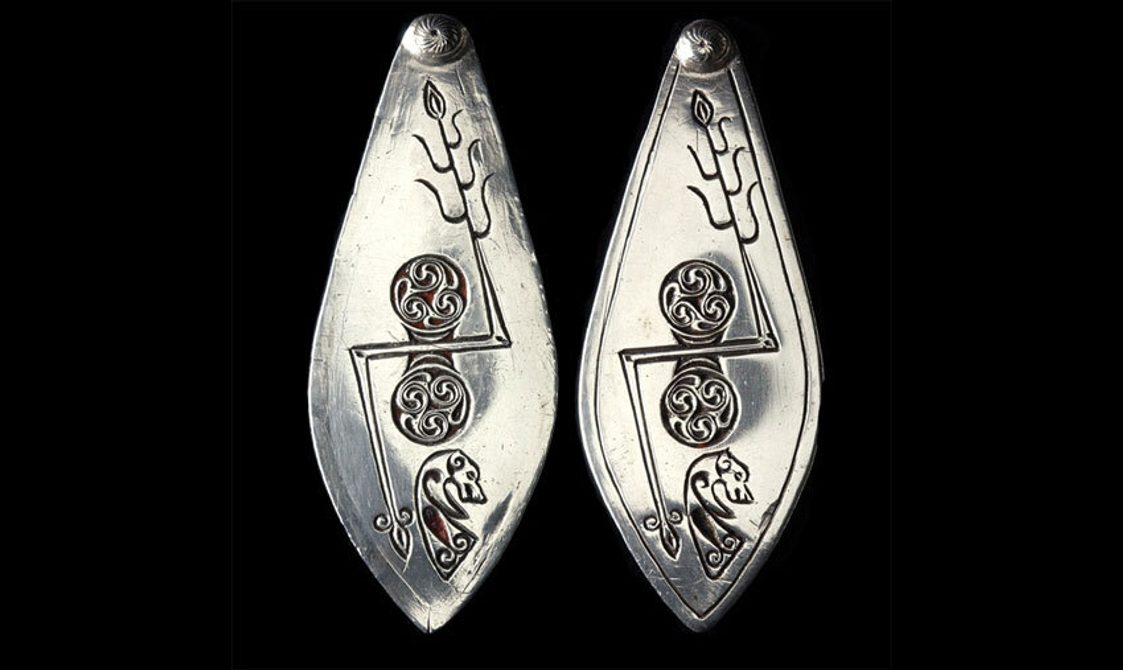
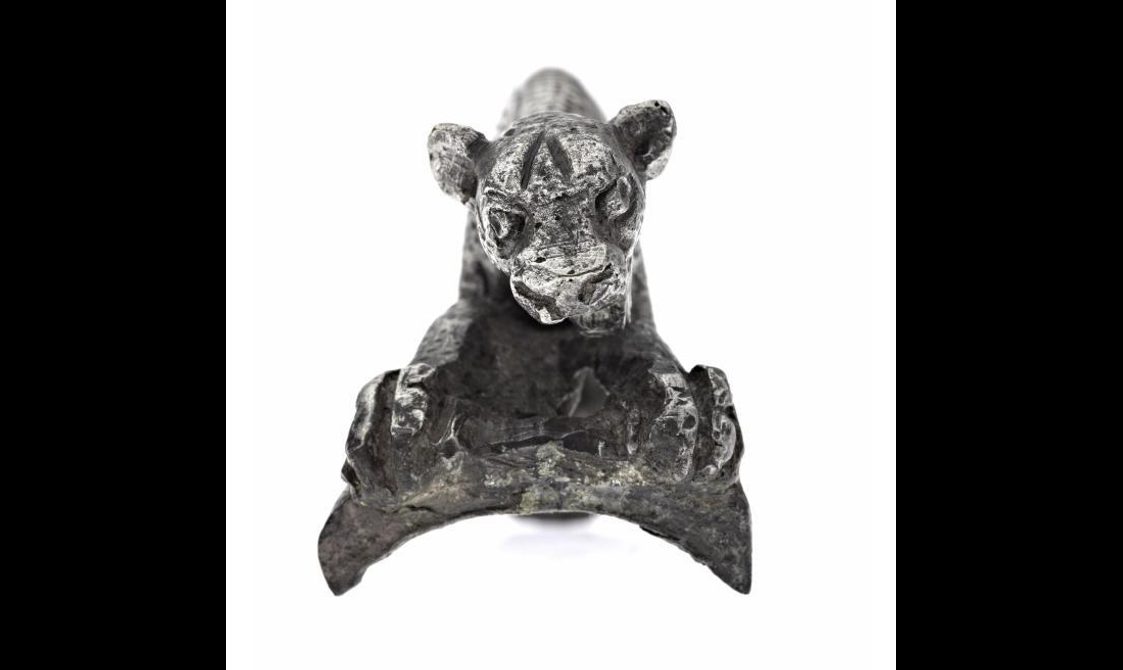
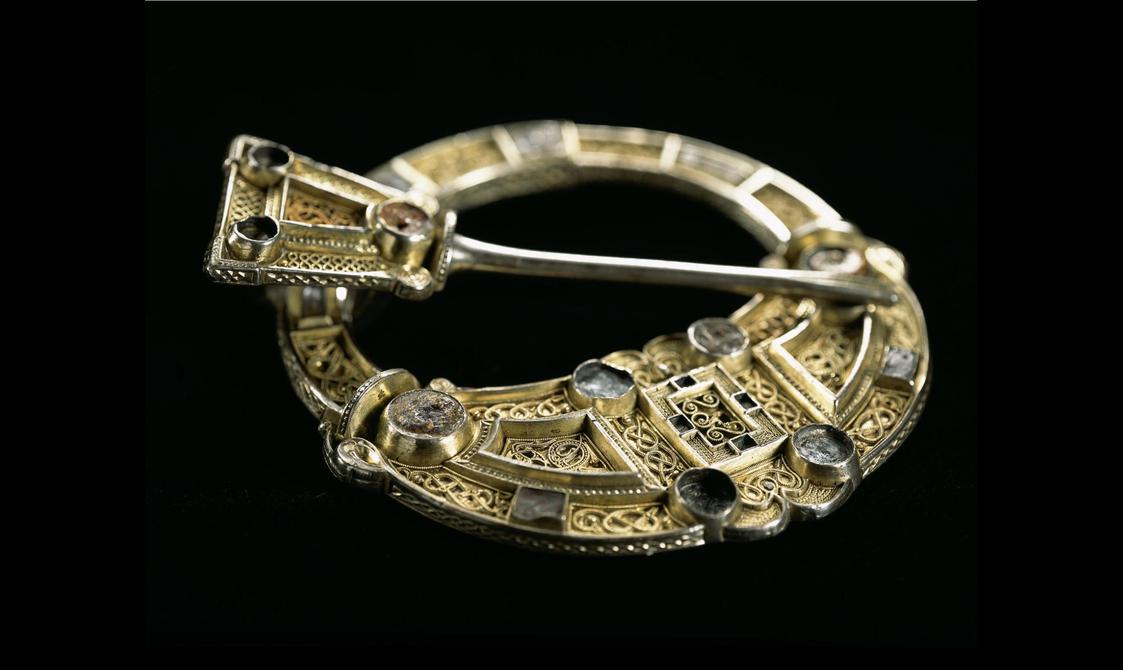
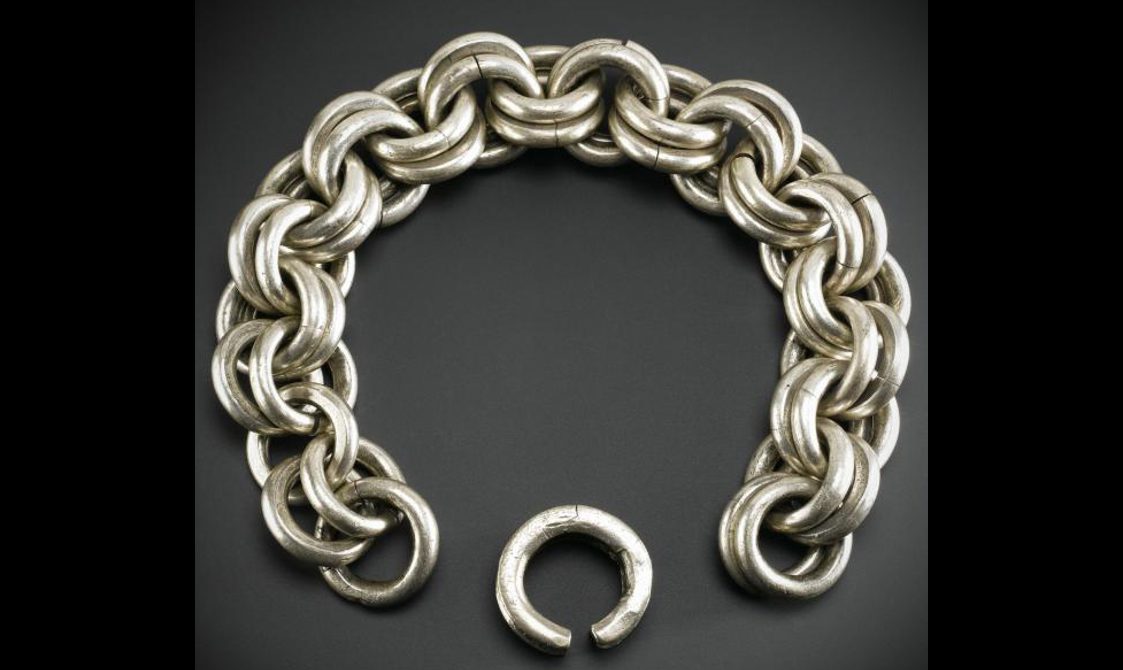
Scotland’s Early Silver follows three years of research supported by The Glenmorangie Company.
You might also like
- Discover
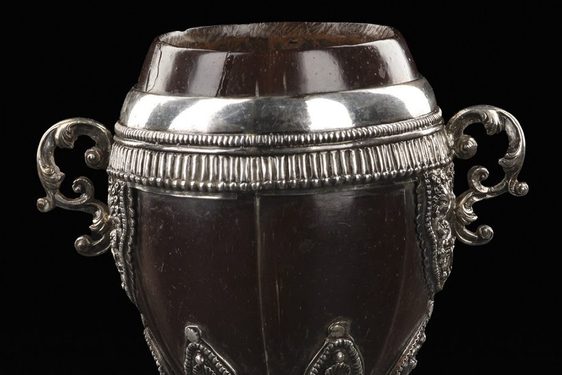
Coco Chocolatero: Feathered Serpent or Fire-Breathing Dragon?
This small, polished coconut shell harnessed into the form of a goblet is an example of a colonial American houseware that may be unique in Scotland. Properly known as a Coco Chocolatero, this is a style of coconut cup developed in the…Keep reading - Discover
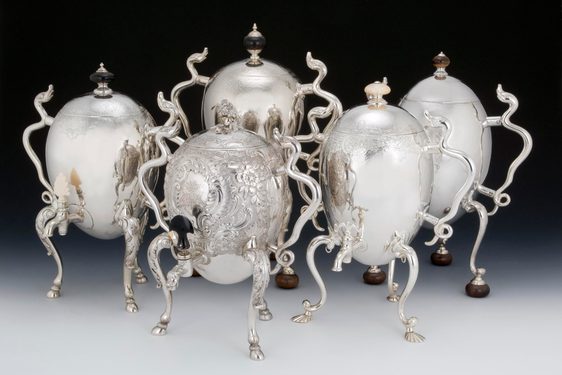
Uniquely Scottish: 5 highlights of the silver collections
Scottish craftsmen in the Renaissance and Early Modern periods (c.1450-1750) produced a wealth of silver artefacts. Although their work was largely influenced by contemporary British and European fashions, the country’s silversmiths also…Keep reading - Discover
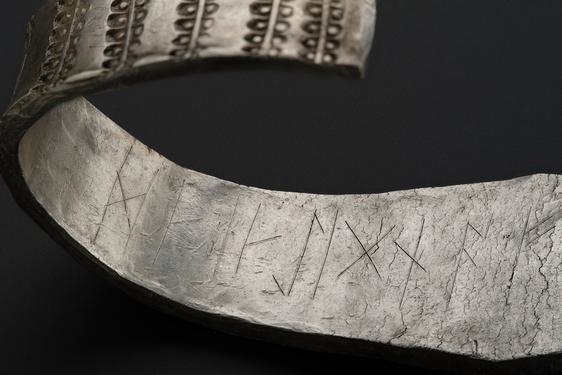
A runic revelation: Who owned the Galloway hoard?
With any hoard, some of the most common questions are about who buried it, and why. Usually, Viking-age hoards of silver are a mix of anonymous ornaments, often hacked into pieces. If we’re lucky, there may be coins which at least help us…Keep reading